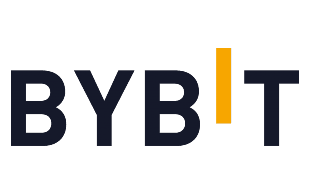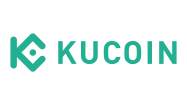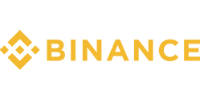Disclaimer: This page is not financial advice or an endorsement of digital assets, providers or services. Digital assets are volatile and risky, and past performance is no guarantee of future results. Potential regulations or policies can affect their availability and services provided. Talk with a financial professional before making a decision. Finder or the author may own cryptocurrency discussed on this page.
With more people joining the NFT ecosystem, NFTs have become easier to buy. One of the easiest ways to buy or get an NFT is by visiting an NFT marketplace.
3 steps to buy an NFT
Buying an NFT for the first time takes a few steps, but it's very similar to buying anything online with e-commerce sites like eBay or Amazon. It boils down to needing funds, an account with the site you're buying from, and somewhere to house your newly purchased item.
1. Get a wallet
Your crypto and NFT will need to be in a compatible crypto wallet to be stored. If you don't already have one, MetaMask is a popular choice for ETH.
2. Buy ETH or another crypto
Most NFTs are traded on the Ethereum blockchain, so you'll need to buy some ETH or another supported crypto first. Compare which blockchain different NFT marketplaces use to find the right one.
3. Choose NFT marketplace
Research which NFT marketplaces offer the NFT collection or category you're after and create an account. Have a photo ID ready to verify your identity, and then connect your crypto wallet.
Step 1: Get a crypto wallet
Before you can get an NFT, you need a place to store it — and this means getting a crypto wallet. There are software wallets and hardware wallets.
Software wallets often come with a browser extension so that while you're purchasing crypto or NFTs, the extension opens a window, allowing you to confirm transactions and send cryptocurrency. Software wallets are online all the time. Popular software wallets include MetaMask, ZenGo and Wallet Connect.
Hardware wallets connect to your computer and are only online when plugged in and turned on. They function like a thumb drive or external storage device, and are considered safer than software wallets — but they aren't free and are arguably less convenient than a hot wallet. A few hardware wallets include Ledger, Trezor and KeepKey Wallet.
For your first NFT, we recommend a free software wallet for convenience and easy use.
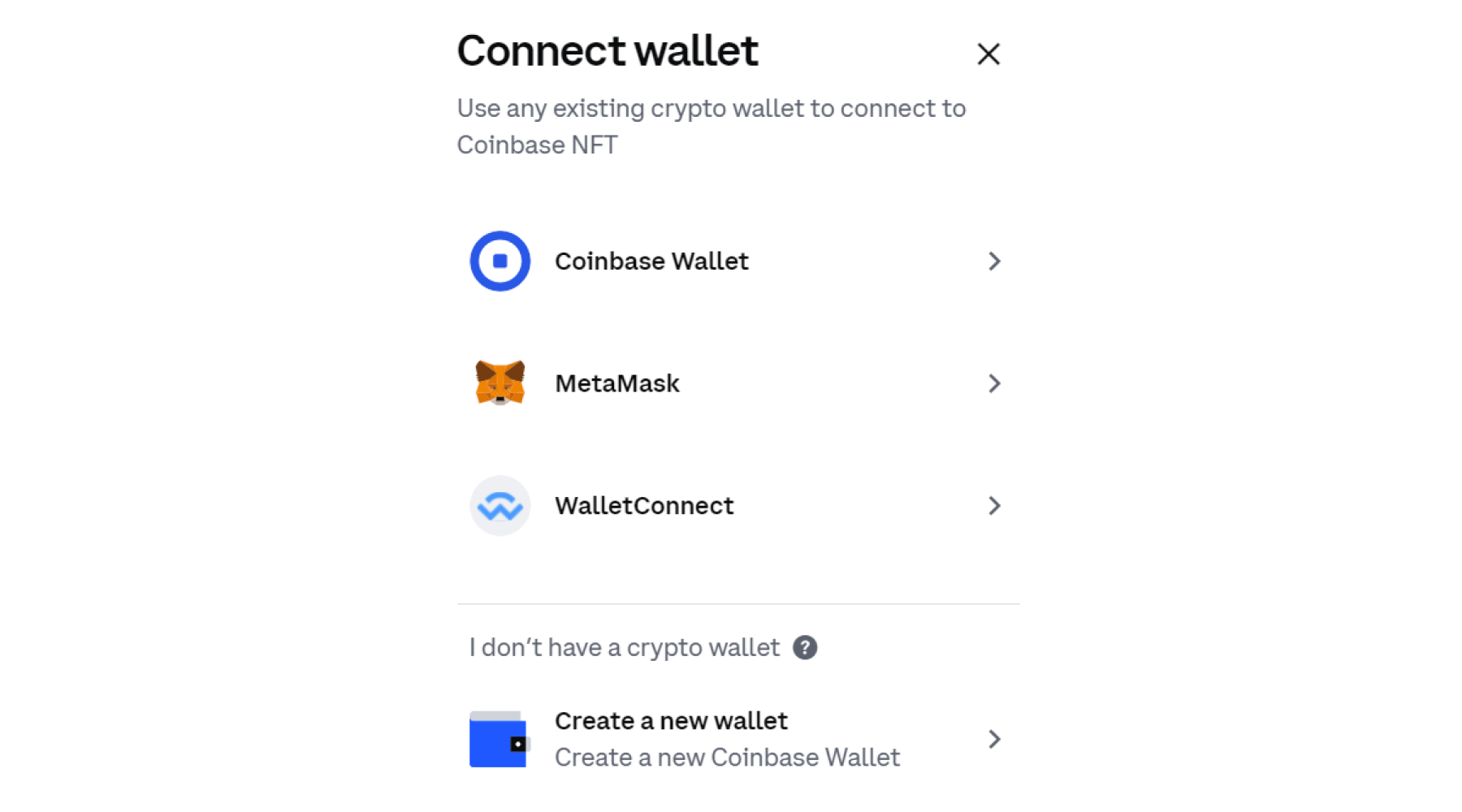 Image source: Coinbase NFT
Image source: Coinbase NFT
Keep your wallet key safe
Your wallet's security largely falls on you: Never give your wallet's passwords or private keys. If you do, someone could take your assets — and them back can be next to impossible. Your wallet's private key is comparable to your debit card's PIN, so keep it safe.
Step 2: Buy cryptocurrency, probably ETH
Most NFTs are bought using crypto, so you need to fund your wallet with cryptocurrency to make a purchase. Nearly all Ethereum-based marketplaces accept the currency ether (ETH).
Luckily, ETH is a widely available cryptocurrency for purchase on just about any major cryptocurrency exchange such as Gemini, Crypto.com, FTX.us, Coinbase or Binance.us.
To use a crypto exchange, connect your wallet and create an account. Verify your identity, deposit funds, and then buy the crypto. Most exchanges accept a variety of deposit methods: often ACH, debit or credit card, wire transfer and sometimes even Apple Pay or PayPal.
It sounds like a lot of steps at first, but most exchanges walk you through the process and are streamlined for convenience.
Our top pick for
Cryptocurrency selection

Our top pick for
Low fees

Our top pick for
Cryptocurrency ecosystem
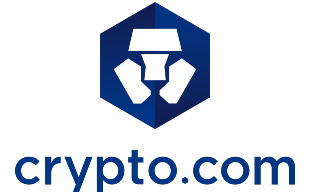
Step 3: Go to a marketplace and buy an NFT
Think of NFT marketplaces like any other peer-to-peer shopping platform. Other users are selling their assets, you can view descriptions, ownership history, past sales, file types and other details.
To use the marketplace, you'll need to connect your wallet to the marketplace by choosing Connect wallet, in most cases. You may also need to create an account with the marketplace.
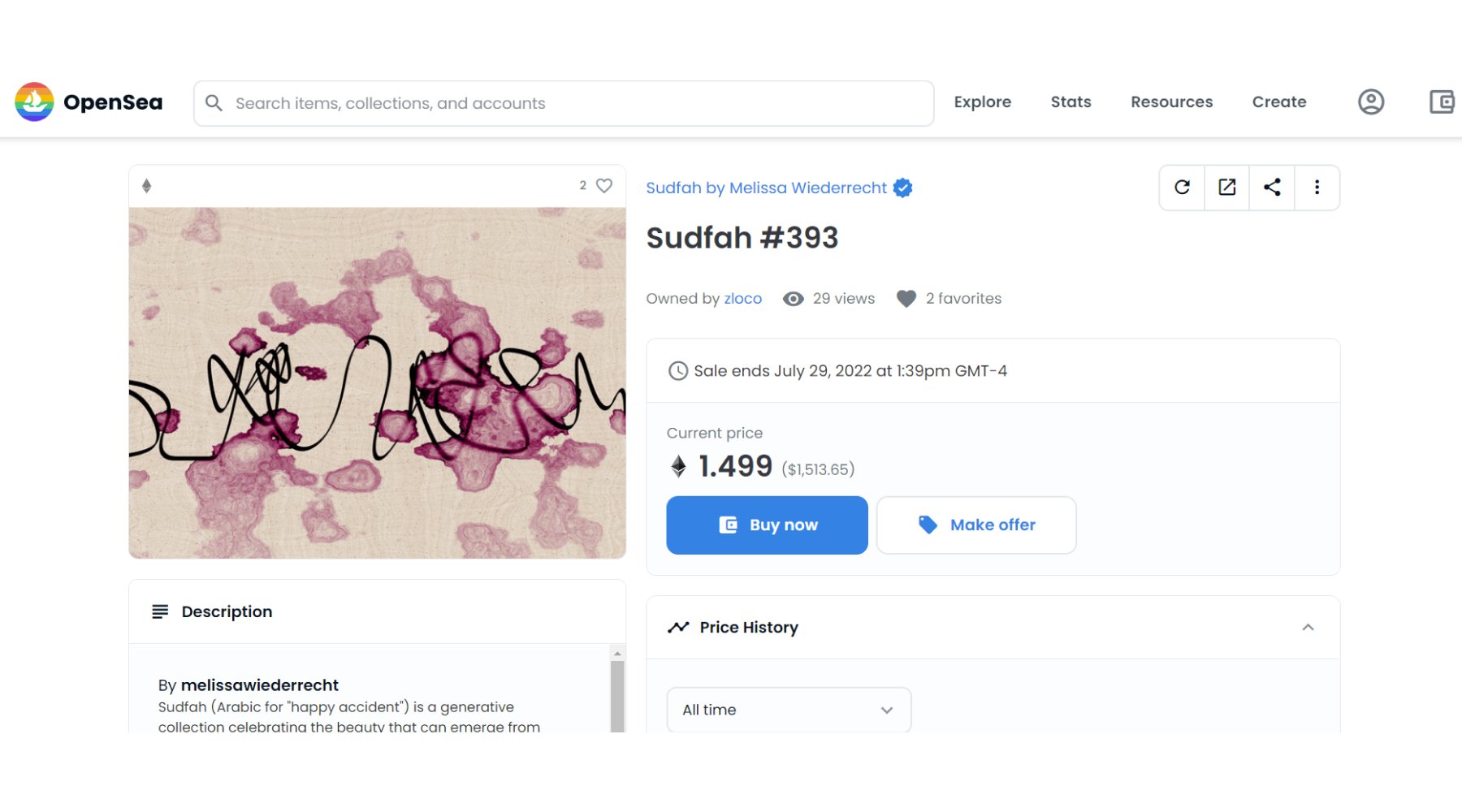 Image source: OpenSea
Image source: OpenSea
With a connected wallet and account (if required), browse the NFTs listed for sale within your price range.
If you see something you like, select Buy, Bid or sometimes Make an Offer, depending on the sale method. Your wallet and the marketplace will process the transaction, you only need to confirm it.
A few NFT marketplaces specialize in an NFT genre like art or music, such as Foundation (fine art) or Yellowheart (celebrity and music).
Other NFT marketplaces, like Nifty Gateway or OpenSea, are mixed marketplaces with a large variety of NFT niches like memes, celebrity, gaming, avatars and more.
Once the NFT is in your wallet, it's proof that you own it — your wallet's public address is proof that an NFT is yours.
Are there any fees when buying NFTs?
You'll pay gas fees when buying NFTs. These are basically transaction fees associated with the blockchain. Think of them like a shipping or processing fee.
The nodes monitoring a blockchain need incentive to keep processing new transactions, so everyone pays "gas" fees when they submit a new transaction to process on the blockchain. NFT marketplaces don't set these fees, and they'll vary by the second. For more information, read our guide on gas fees.
NFT marketplaces can also have their own fees, often just called a marketplace fee or commission fee.
A typical NFT marketplace may charge buyers around 2.5% to 5% of an NFT's final sale price, per sale. If you list an NFT for sale on a marketplace, it may also charge you a listing fee.
Factors that affect an NFT's value
There are factors that can influence an NFT and help you determine whether you should buy an NFT. These factors can determine an NFT's value:
- Availability. A common token standard — such as ERC-20 — that can be sold on many marketplaces may have a higher resale value.
- Creator ethos. The NFT artist can be a major influence on value, much like the traditional art world. Popular NFT artists include Pak, XCOPY and Beeple, to name a few.
- Utility. An NFT to use in a blockchain game, like a game weapon or avatar, can have more built-in value than a static art piece, but this varies.
- Crypto values. Most NFTs are bought with cryptocurrency, so if the cryptocurrency market takes a hit, the secondary NFT market may see a decrease in interest causing depreciation.
- Consumer interest. NFTs are speculative investments. If someone is willing to pay thousands for an NFT, the selling price determines the NFT's value; but this works the other way around as well.
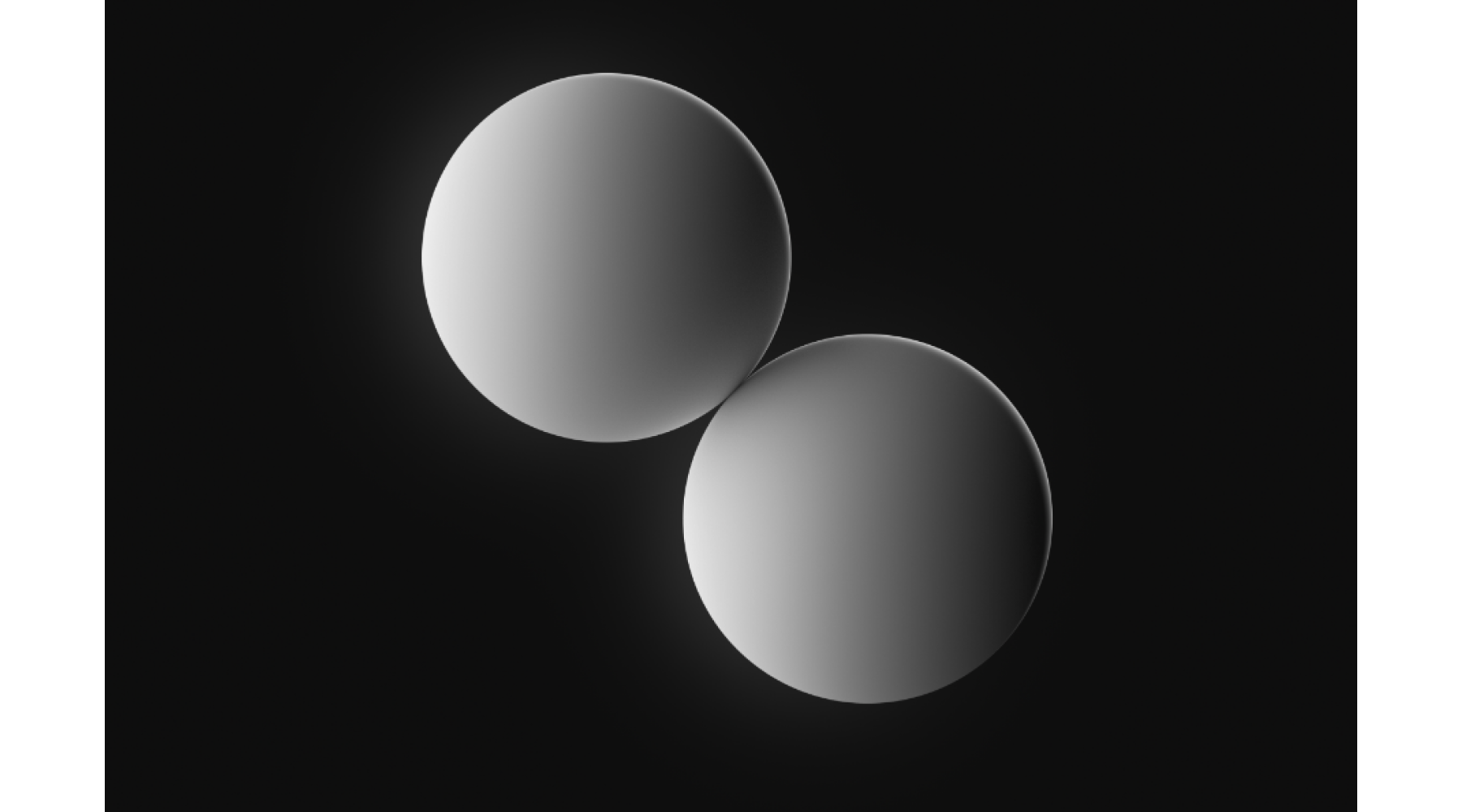 Image source: Nifty Gateway, "The Touch" by Pak that sold for $15,000
Image source: Nifty Gateway, "The Touch" by Pak that sold for $15,000
Strategies for investing in NFTs
Keep in mind that there's never a guarantee that you'll earn from investment strategies with NFTs, but there are three popular earning methods with these unique tokens: flipping, gaming and creating.
Flipping NFTs
Reselling NFTs can be a profitable NFT investment strategy. Similar to flipping antiques or other valuables, flippers buy assets then later sell them in hopes to earn more than their purchase price.
However, this is risky with NFTs: There's no way to know for sure whether the value will appreciate, so keep that in mind.
There are a few NFT collections and creators that have proven themselves in the space, such as Bored Ape Yacht Club and CryptoPunks, also called blue-chip NFTs. Many of these individual NFTs go for thousands (sometimes millions) and are highly coveted.
 Image source: OpenSea, Bored Ape Yacht Club #5672
Image source: OpenSea, Bored Ape Yacht Club #5672
Gaming with NFTs
Many play-to-earn crypto games utilize NFTs that come with earning opportunities. Often, you buy the required NFTs to play the game, and by playing the game you may earn rewards in the form of other NFTs or cryptocurrency.
For example, the popular game Axie Infinity uses NFT creatures that battle each other. If your owned NFT creatures win a battle, you earn cryptocurrency. Another potential profit can come from breeding and selling NFT creatures.
Investing in NFT gaming can also be risky business and may require a hefty upfront investment, and some patience — you may not see a profit when you first start out and your NFT assets could lose value, so use caution.
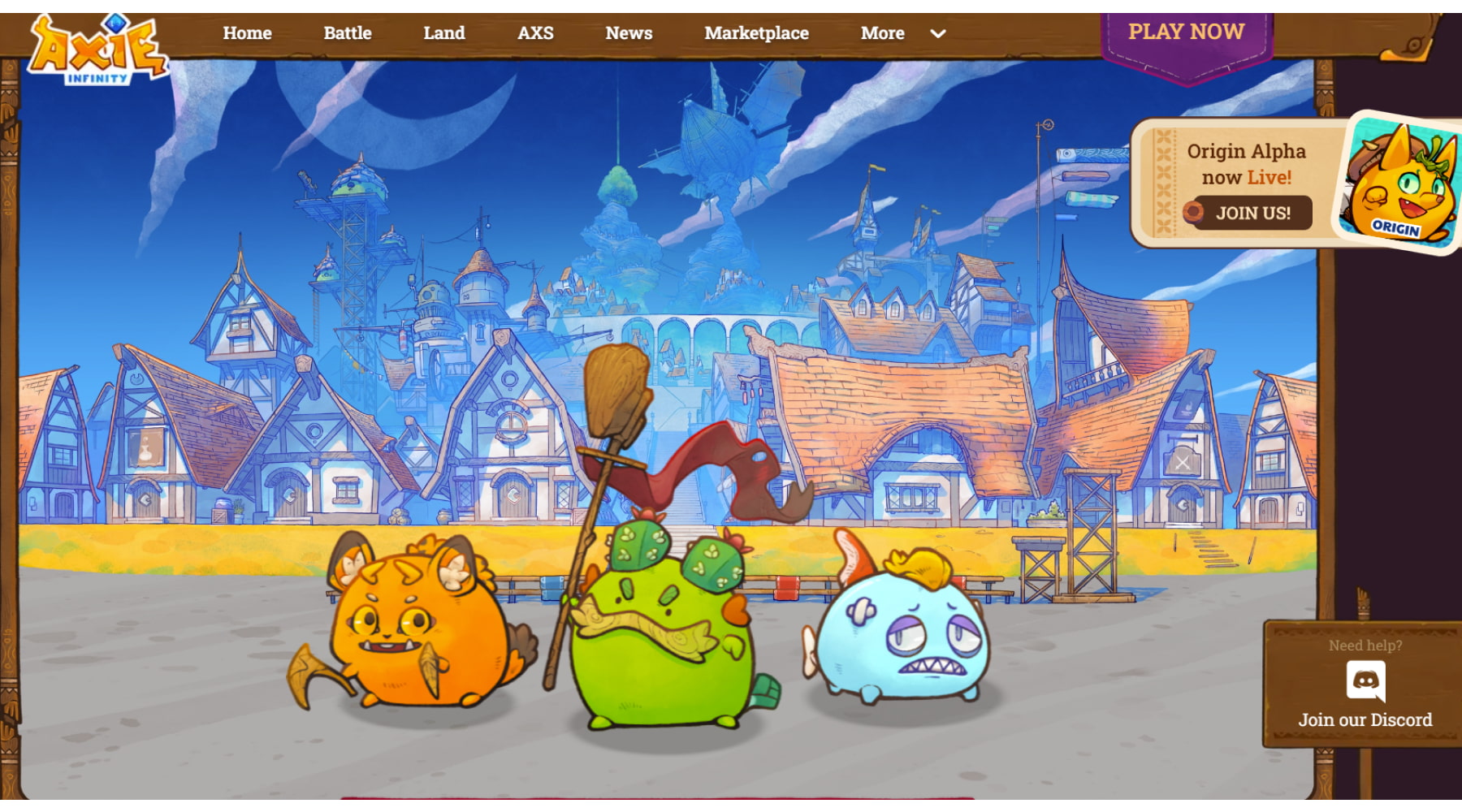 Image source: Axie Infinity
Image source: Axie Infinity
Creating and selling your own NFTs
Many NFT marketplaces can help you create your own unique NFTs to sell on the market. Creating a new NFT to place onto a blockchain is called minting, or tokenizing.
Thanks to smart contracts and blockchain technology, each time the NFT sells, you can earn royalties: a percentage of the sale price in perpetuity. Many marketplaces offer a creator royalty percentage between 5% and 15%.
Pros and cons of buying NFTs
Pros
- Can be fun. Getting involved in NFTs can be a fun experience for many collectors. Owning a rare NFT can give you bragging rights, you could use it in games, or simply collect for the fun of it, similar to the novelty of trading cards.
- Artists can earn income. Blockchain technology can enable continual income for NFT creators.
- Practical uses appearing. NFTs can act as receipts, game items, ticket stubs and trading cards that offer proof of ownership.
Cons
- High risk. NFTs are a relatively new asset class, and their value isn't yet fully understood.
- Somewhat complicated. Understanding the tech behind crypto and NFTs can be a big hurdle to overcome, and there's another level of complication when it comes to valuing NFTs.
- Scams are a thing. Unfortunately, NFT scams are a dark side to the space. Theft, fake projects and fraudulent NFTs are all too common.
Bottom line
NFTs started off as a fun project for tech-savvy developers and users to participate in minigames. Since then, the ecosystem has exploded to the point that pretty much everyone knows what an NFT is, and some tokens are worth tens of millions.
NFTs are one of the most speculative assets on the market today, and their real-world value is a topic for debate. However, getting your hands on one takes only a few steps.
Whether products shown are available to you is subject to individual provider sole approval and discretion in accordance with the eligibility criteria and T&Cs on the provider website.
Are you visiting from outside the US?
Ask a question
More guides on Finder
-
Top 29 NFT and cryptocurrency influencers in 2022
Check out the top tastemakers for crypto, NFTs, DeFi, Bitcoin and blockchain technology, from NYT experts to published authors and YouTubers.
-
Finder Awards 2022: NFT marketplaces
We compared over 30 NFT marketplaces to award the top platforms of 2022.
-
NFT vs. Crypto
Crypto and NFTs are far from the same thing – learn the differences.
-
Town Star review: An addictive P2E NFT farming simulation
In this Town Star guide you’ll learn how Gala Games’ free-to-play NFT farming simulator with P2E potential puts fun first.
-
NFT trading cards: What they are and how they work
Explore the world of NFT trading cards
-
My DeFi Pet game guide
My DeFi Pet is a blockchain game with many ways to interact with your NFT pets.
-
NFT statistics
The definitive ranking of the NFT adoption across 26 countries.
-
Crypto.com NFT marketplace review
Trade, mint and collect with Crypto.com’s NFT marketplace.
-
eBay NFTs review and guide
A deep dive into eBay’s foray into the NFT ecosystem, looking at everything from available categories to potential drawbacks.

